You spend a third of your life sleeping.
Don't you want to get the most out of it?
Legendary bodybuilder Rich Piana definitely would want you to.
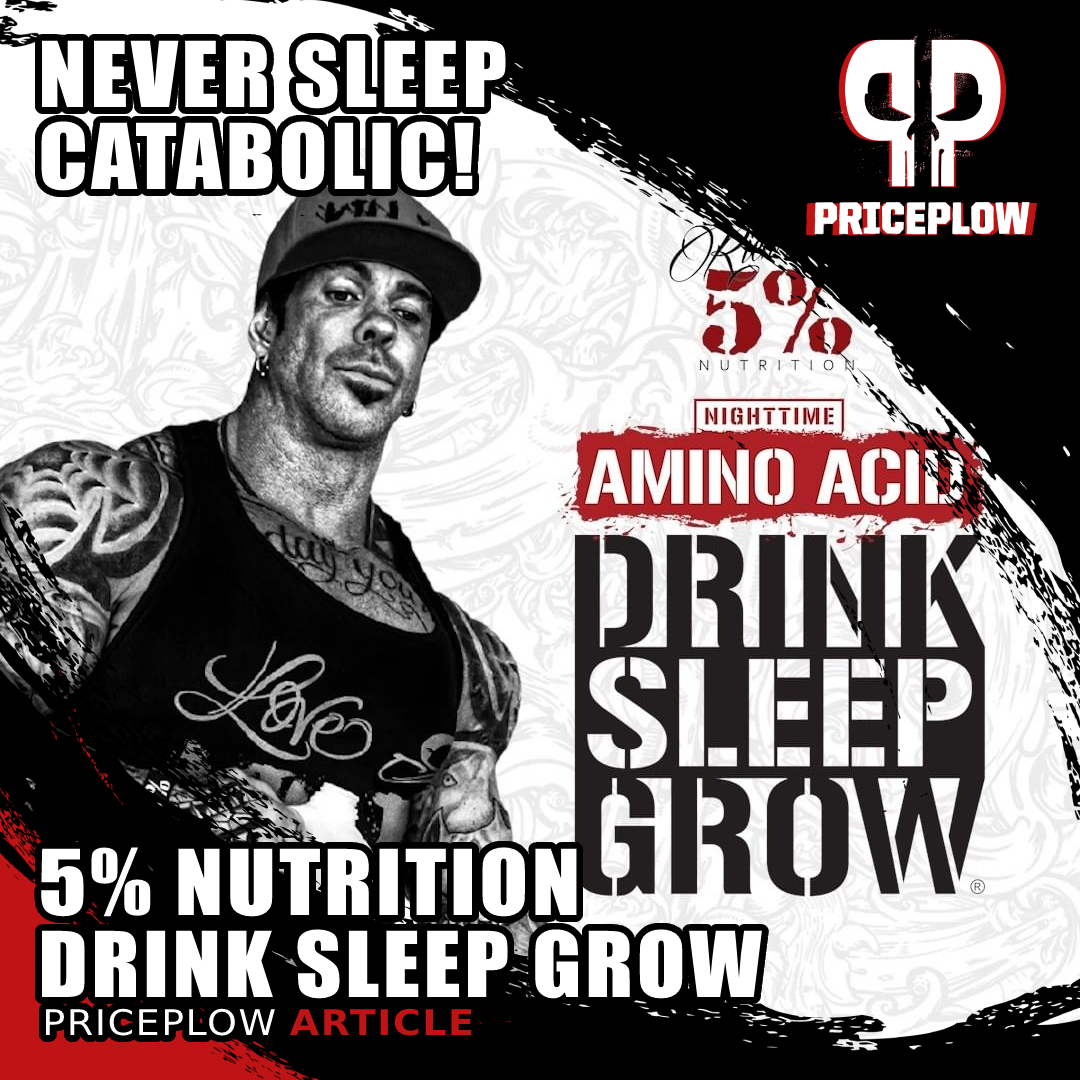
Rich Piana NEVER wants you to sleep in a state of catabolism. That's why 5% Nutrition has DRINK SLEEP GROW, a pre-bedtime amino acid feeder with some growth hormone boosters and joint support.
His life was all about helping exceptional people achieve their goals, and become the best versions of themselves that they possibly could.
In his view, only about 5% of the people on this planet have what it takes to achieve the hardest goals they set for themselves: discipline, vision, and determination. That's why he founded 5% Nutrition – to create premium supplements that this elite 5% of the population for nutritional support as they strive for legendary achievements like Piana's.
Unfortunately Rich Piana is no longer with us, but his team at 5% Nutrition carries on his legacy every single day with innovative product R&D using quality research-backed ingredients.
Drink Sleep Grow: A sleep and recovery formula to take before bed
Now they're bringing you Drink Sleep Grow – a recovery formula designed to be taken before bed, and help maximize the gains you get in your sleep. It's now available in the white Legendary tub, just like many others we've covered (including its daytime counterpart, ALL DAY YOU MAY).
We feel that bedtime recovery formulas are a slept-on product category, pun kind-of intended. Sleep is when all the growth and repair in your body takes place, so it's the point of maximum leverage when it comes to amplifying natural processes through intelligent supplementation.
Let's show some coupon-based prices and then dig into the formula:
Rich Piana 5% Nutrition Drink Sleep Grow – Deals and Price Drop Alerts
Get Price Alerts
No spam, no scams.
Disclosure: PricePlow relies on pricing from stores with which we have a business relationship. We work hard to keep pricing current, but you may find a better offer.
Posts are sponsored in part by the retailers and/or brands listed on this page.
Drink Sleep Grow Ingredients
In a single 1 scoop (14.9 gram) serving of Drink Sleep Grow Nighttime Amino Acids, you get the following:
-
Branched Chain Amino Acid (BCAA) Blend – 6,000 mg
A branched chain amino acid (BCAA) blend consists of the aminos leucine, isoleucine, and valine.
All three of these inhibit catabolism (stop muscle loss)[1-3] and improve athletic performance,[4-6] particularly athletic endurance.
But leucine is the best of them at initiating muscle protein synthesis,[7-9] which is basically a fancy term for the anabolic response.
It does this by activating the mammalian target of rapamycin (mTOR),[10-12] which regulates your entire anabolic response to exercise. Put simply, if you want sick gains, activating mTOR is something you should try to do.
Unfortunately, as we age, our requirement for leucine only goes up, so most of us could probably benefit from intelligent BCAA supplementation.[13]
Time-released leucine!
One interesting thing about the specific BCAA blend used in Drink Sleep Grow is that it uses a timed-release form of leucine called Active-TR.
The basic idea behind Active-TR is that, because leucine blood concentrations over a certain threshold do nothing to amplify the anabolic response initiated by leucine, you can extend the action of leucine by managing its absorption in such a way as to maintain blood concentrations right at that threshold.[14]
Keeping leucine in the "sweet spot" all night long can translate to increased gains while you sleep.
-
Growth Hormone Recovery Blend – 3,600 mg
Don't get too excited – this ingredient blend doesn't actually contain any growth hormone (GH).
But it does contain powerful growth hormone precursors that can ultimately increase your body's production of GH!
-
L-Glutamine
Glutamine is most often taken for gut health, as it is key for supporting tight junction proteins and the integrity of the intestinal lining,[15] which can ultimately discourage troublesome inflammatory conditions like leaky gut syndrome.
Amongst these primary amino acids, the essential amino acids are in red. Leucine, Valine, and Isoleucine are the three Branched-Chain Amino Acids.
But glutamine is also a powerful growth hormone upregulator[16,17] as well!
Oral glutamine supplementation has been shown in at least one randomized, double-blind, placebo-controlled study to increase GH blood concentrations by a truly unbelievable 682%.[16]
-
Gamma Amino-Butyric Acid (GABA)
Although it's filed under the "growth hormone" section of ingredients, we should start by saying that GABA goes directly to the purpose of Drink Sleep Grow – it's one of the best sleep-enhancing ingredients available today.
Technically a neurotransmitter, GABA as a depressive (or, more accurately, inhibitory) effect on the central nervous system and has been shown to facilitate sleep onset.[18] Your brain produces a certain amount of GABA naturally, and it is centrally implicated in the circadian rhythm.[19]
One study title puts it succinctly: "GABA is the principal neurotransmitter of the circadian system."[19]
GABA supplementation has been shown to produce feelings of relaxation, downregulate beta brain waves (the brain waves associated with conscious reasoning and the waking state) and increase alpha waves (the brain waves of rest and relaxation).[18]
Supplementation with GABA can decrease sensitivity to pain and stress while improving cognition.[20,21]
It also increases GH production.[22]
In fact, one study found that GABA supplementation can increase GH by 400%.[23]
GH release is initiated primarily by sleep,[24] and GABA can significantly improve sleep quality, which is probably another mechanism by which it can increase GH production.[25,26]
-
Mucuna Pruriens Extract (L-DOPA)(Seeds)
Mucuna pruriens, also known as velvet bean, is a legume native to tropical regions of Asia and Africa.
Mucuna is rich in antioxidants,[12] which make it good for a variety of uses.
People frequently take Mucuna to alleviate stress and lower cortisol levels,[27-29] which helps to naturally optimize hormones like gonadotropin and testosterone. Mucuna can help some people lower their prolactin levels as well,[14] which benefits male hormonal health in particular.
Lowering prolactin is an essential part of recovery from exercise, as prolactin is elevated by exercise,[30] and high prolactin is associated with impaired production of testosterone[31] and gonadotropin-releasing hormone (GnRH), which is required for growth hormone production.[32]
Most commonly though, it is used to increase dopamine production, as it naturally contains high levels of L-dopa,[33] a dopamine precursor.[34]
Besides indirectly benefiting GH production via lowering prolactin, Mucuna has also been shown to directly increase GH levels,[15-17] which is why we're seeing it used in Drink Sleep Grow.
-
-
Conditionally Essential Amino Acid Blend – 1,050 mg
A conditionally essential nutrient is one that your body can normally produce enough of on its own, except during times of increased nutrient consumption, like illness, injury, or stress.
The quaternary ammonium compound carnitine, which is derived from amino acids, is one such nutrient.
Ordinarily, your body may be able to produce adequate amounts of carnitine, but even heavy exercise can rapidly increase carnitine consumption and potentially deplete your carnitine stores, which is why we recommend athletes consider carnitine supplementation.
We also have some milk thistle for liver detoxification support, which can help your body weather those periods of stress that make conditionally essential nutrients particularly relevant.
-
L-Carnitine L-Tartrate
Carnitine's effect on human metabolism can have benefits for blood sugar control, insulin sensitivity, and recovery from exercise.[35,36] We recently covered it heavily in-depth in our article on 5% Nutrition Liquid L-Carnitine 3150, which we called "The Rich Piana of Carnitine Supplements".
With a quadfecta of L-Carnitine, Acetyl L-Carnitine, LCLT, and GPLC -- alongside GBB and Thiamine -- 5% Nutrition's Liquid L-Carnitine is the "Rich Piana of carnitine supplements"
We love carnitine because it helps deliver fatty acids to the all-important mitochondria within your cells.[31] Mitochondria are responsible for generating all of your body's usable energy, in the form of adenosine triphosphate (ATP). Ultimately, burning fat for ATP in the mitochondria can help promote healthy body composition.
Carnitine also has the same effect on glucose, which is why researchers have even described it as a glucose disposal agent.[37]
So here we get three awesome effects:
- Increased fat burning,
- better glucose disposal, and ultimately,
-
more energy for workouts and recovery.
But what about recovery?
L-Carnitine is the center of 5% Nutrition's "5% Nutrition Keep Muscle Gains Lose Fat Stack" -- and if you have the budget, DRINK SLEEP GROW will work before bed alongside the daytime ALL DAY YOU MAY
When it comes to recovery and promoting overnight gainz, carnitine has a documented ability to improve blood flow to affected muscle tissue, thus improving oxygen delivery while speeding up the removal of metabolic wastes.[38]
Carnitine supplementation can increase muscle mass while decreasing body weight, which has led some researchers to suggestion that it could be useful in preventing age-related muscle loss.[38]
The tartrate form of carnitine is preferred by many supplement manufacturers and consumers because of its high bioavailability and rapid action,[32] as well as better taste and stability in powdered supplements.
One study showed that tartrate carnitine can even increase testosterone levels, which is always a welcome bonus.[39]
-
Milk Thistle Extract (Silybum marianum)
Milk thistle has historically been used as a powerful liver tonic,[40,41] and for the modern bodybuilder it can be of great use in protecting your liver from particular, uh, supplements. We've seen it in several supplements from Rich Piana, including Liver & Organ Defender and Post Gear. It's a great ingredient to have:
Back before these crazy organ health supplements were everywhere, one man and his company innovated them: Rich Piana and 5% Nutrition. Now it's updated for the white legendary look
Doctors of ages past prescribed milk thistle for "melancholy diseases",[40] a kind of catch-all category that wound up including a huge number of ailments later identified and cataloged by modern medicine.
Modern scientific research has shown us that the wisdom of the ancients was, as usual, pretty much spot-on. Milk thistle's wide-ranging benefits include:
- Protection against and healing from drug-induced liver injury[42-44]
- Partial restoration of liver function following alcohol abuse[45-50]
- Defense of the liver against environmental pollutants[51]
- Protection against general liver injury[52-54]
- Prophylaxis against a variety of liver diseases[55,56]
However impressive milk thistle's ability to defend your liver, it's no substitute for removing whatever's threatening the health of your liver in the first place. Taking hepatoprotective compounds is not "permission" to abuse your liver with special "supplements," and protection against the effects of doing this is never guaranteed.
So with that out of the way, another interesting thing about milk thistle is its ability to improve recovery.
This is a fairly new area of research, but several studies in just the last three years have demonstrated that in animals, milk thistle supplementation can protect muscles from catabolism[57] and increase the amount of muscle gained in response to exercise.[58]
-
-
Joint Support Blend – 600 mg
Anyone who's trained hard knows that it can take a toll on your tendons, ligaments, and particularly your joints. All that vertical loading, flexing, and stretching can wreak havoc, especially if you have postural issues to iron out.
So 5% has included some joint support ingredients to make sure that your cartilage recovers in time to handle tomorrow's workout. This is smart, and one of the reasons why ALL DAY YOU MAY is so popular.
-
D-Glucosamine Sulfate Potassium
Longevity too?! This study has potential healthy user bias, but glucosamine/chondroitin users keep living longer in research![59]
Glucosamine is an important component of articular cartilage, a sort of transitional tissue that covers the ends of your bones, where they meet with the type of cartilage that actually makes up your joints.[60]
In research settings, glucosamine is often evaluated in combination with chondroitin.
Although there's less evidence to support the practice of taking glucosamine alone, a few promising studies have been done.
For example, one study found that collegiate rugby and soccer players had a significantly lower rate of cartilage breakdown while taking glucosamine.[61]
A double-blind, randomized, placebo-controlled study – the most rigorous type of study design – was able to replicate the finding in collegiate soccer players.[62]
-
Methylsulfonylmethane (MSM)
LEGENDARY Status: 5% Nutrition's All Day You May is moving to the white tub, but the formula is mostly unchanged. See how Rich Piana shattered the industry with this supplement, especially with that Southern Sweet Tea flavor!
Methylsulfonylmethane (MSM) consists of about 34% sulfur, a mineral that's essential for healthy collagen, a key component of cartilage.
MSM can improve collagen integrity to the the point of visibly reducing skin aging, and several studies have found that MSM can be useful in managing joint pain.[63,64]
Be aware that MSM may need to be taken for quite a while before its impact on join health is noticeable, as one animal study found little effect from 4 weeks of MSM supplementation, but significant effects after 13 weeks.[65]
-
-
Essential Amino Acid (EAA) Blend – 155 mg
Rounding off the Drink Sleep Grow formula, we have essential amino acids (EAAs).
Essential amino acids are those which your body cannot make on its own, and must obtain in their whole form from food.
Generally speaking, you need all of the essential amino acids for optimal muscle protein synthesis, so 5% is giving you a handful of the most important aminos in this category.
-
Phenylalanine
Rich Piana's persistence was hard to beat. One thing that kept him publishing YouTube after YouTube was his flexibility with diet.
Phenylalanine is a precursor to tyrosine,[66] which is a precursor to important neurotransmitters like dopamine, adrenaline, and noradrenaline.[67]
All of these are important for energy levels, but dopamine in particular can increase mood, motivation, and focus, so if you have any kind of ambitious goals, supporting dopamine production is always a good idea.
Phenylalanine can also improve your body's leucine uptake,[68] which is important because, as we discussed in the BCAA section at the beginning of this article, leucine is absolutely crucial for optimal muscle growth.
We love seeing phenylalanine in recovery formulas because it is typically depleted by heavy exercise,[69] so you want to get some extra phenylalanine after your workout.
-
Histidine
Histidine is necessary for the production of carnosine, a synthesis of beta-alanine and histidine that can increase athletic endurance and speed up recovery from exercise by buffering lactic acid in your muscle tissue.[70]
Animal studies have even shown that histidine supplementation can increase the rate of muscle protein synthesis above baseline,[71] so histidine is a case where avoiding deficiency is not necessarily our only goal in supplementing.
-
L-Threonine
Threonine is a precursor to glycine,[72] a conditionally essential amino acid with a huge range of positive effects on human physiology.
Threonine supplementation can have anti-obesity effects by regulating lipid metabolism, and preventing excess energy from being stored as fat.[73,74]
Its anti-obesity effects are both therapeutic and prophylactic: it can help obese organisms shed fat, but also prevent non-obese ones from gaining fat.[73,74]
It also has positive effects on muscle growth,[75] which is the main reason why it's being used in Drink Sleep Grow.
Like phenylalanine, threonine can improve your body's utilization of leucine,[76] thus supporting the activation of mTOR and anabolic response that comes from leucine ingestion.
-
Methionine
Methionine has antioxidant effects that can help protect your cells from catabolic stress,[77] including the kind of stress caused by intense exercise.
Any methionine ingested beyond your minimum nutritional requirement gets converted into taurine and cysteine, which both have athletic benefits of their own.
Finally, methionine is a carnitine precursor,[78] helping you reap all the benefits of carnitine that we covered in the section on L-carnitine L-tartrate.
Research has shown a positive correlation between methionine intake and blood carnitine levels.[78]
-
Flavors Available
Conclusion
It's a winning combination: ALL DAY YOU MAY during the day, DRINK SLEEP GROW before bed. With this, you'll get incredible doses of not just amino acids, but also joint and liver ingredients.
Remember, you spend about a third of your life sleeping - don't do it in a catabolic state! Eat big, drink big, sleep big, then grow big.
Stay tuned to PricePlow's 5% Nutrition News, we've got a new flavor of Shake Time coming soon, and it's fantastic.
Rich Piana 5% Nutrition Drink Sleep Grow – Deals and Price Drop Alerts
Get Price Alerts
No spam, no scams.
Disclosure: PricePlow relies on pricing from stores with which we have a business relationship. We work hard to keep pricing current, but you may find a better offer.
Posts are sponsored in part by the retailers and/or brands listed on this page.
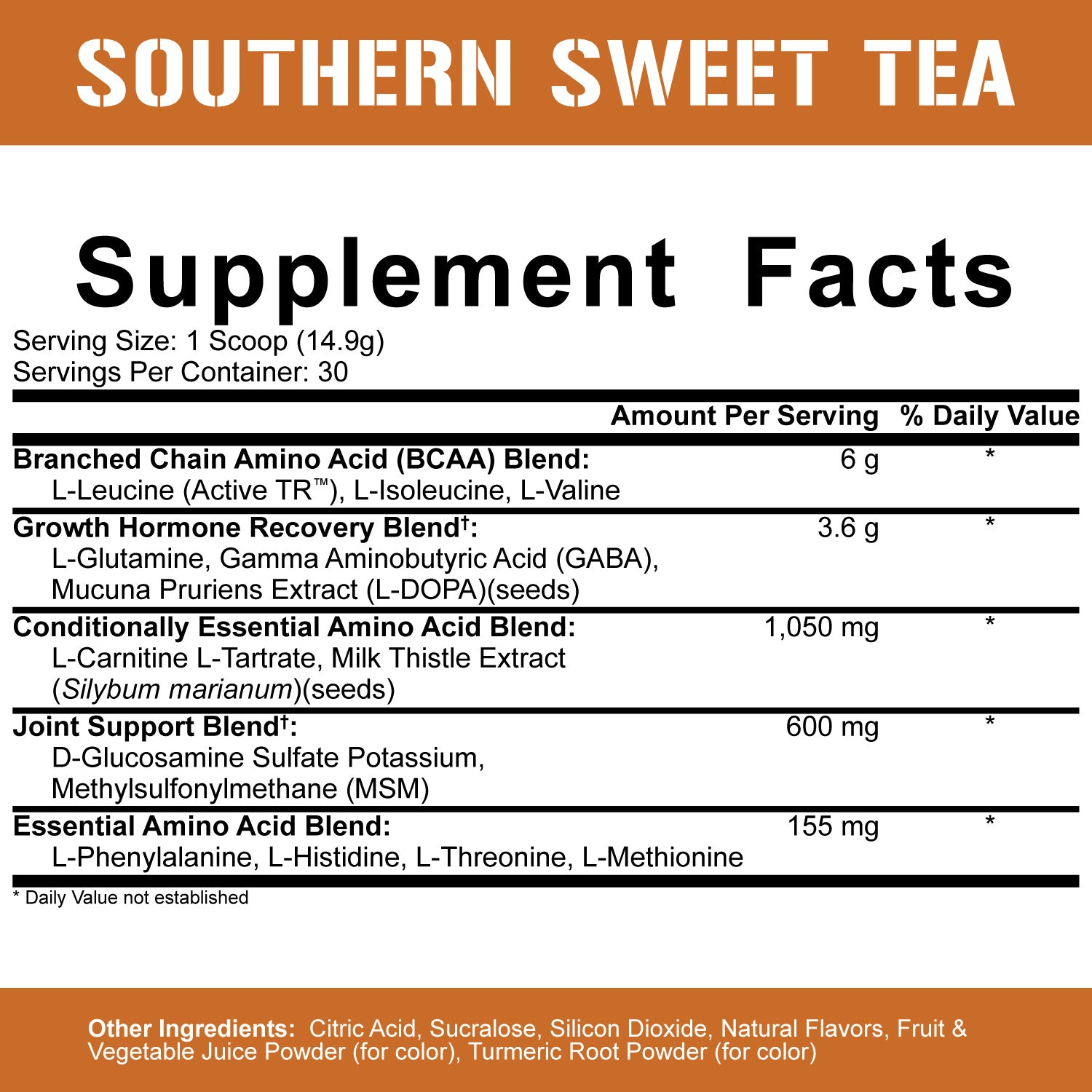
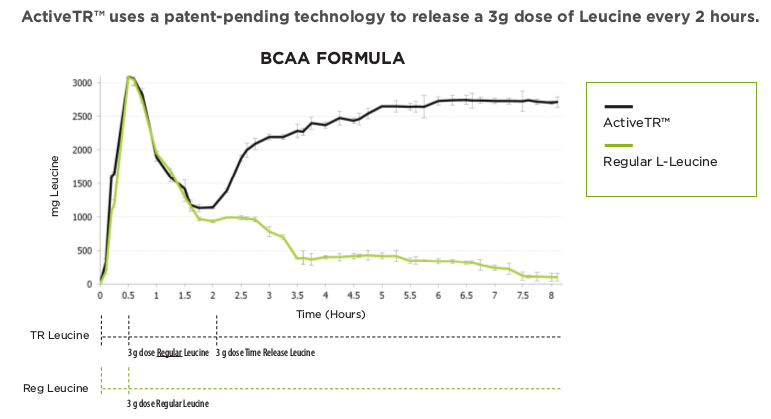
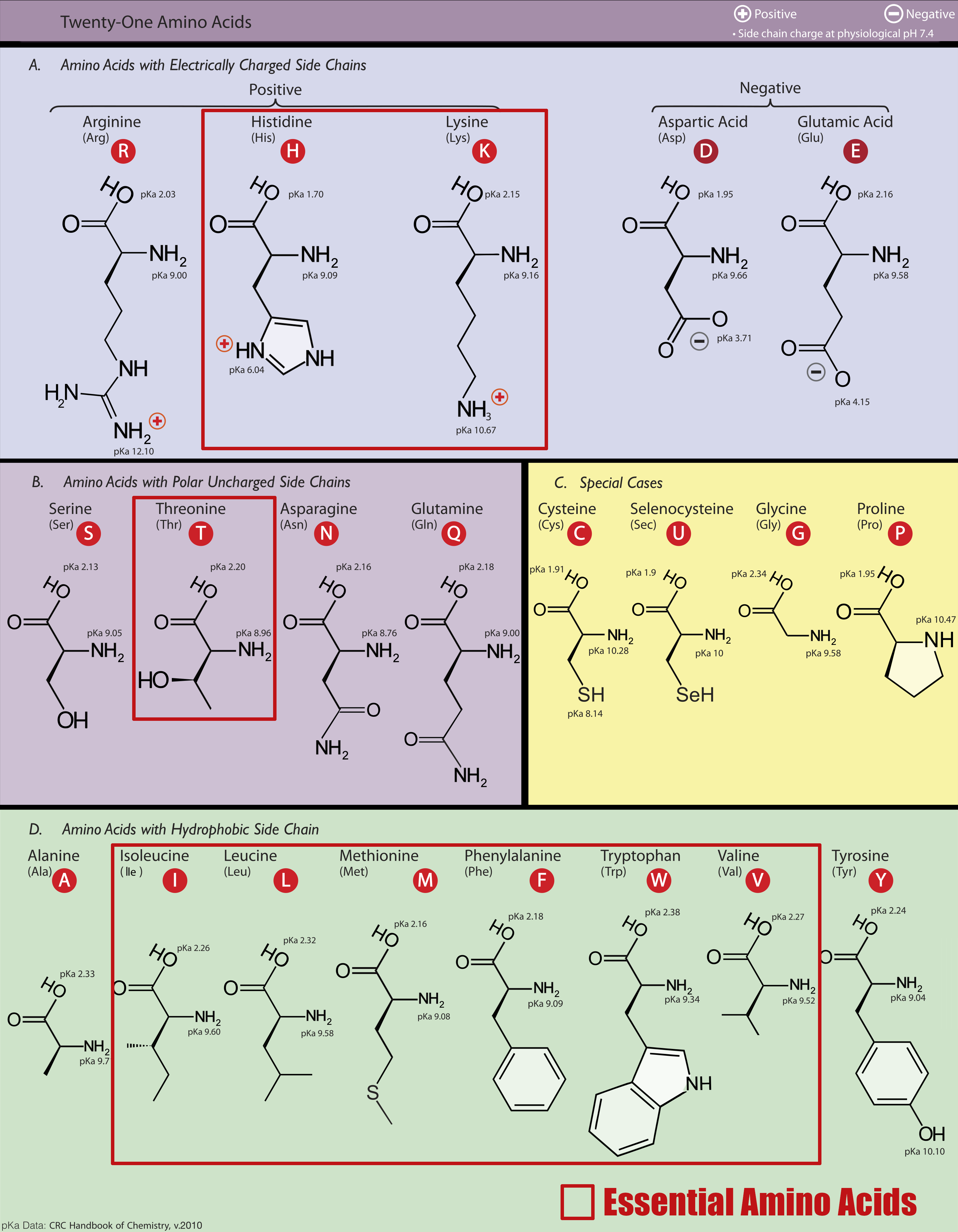

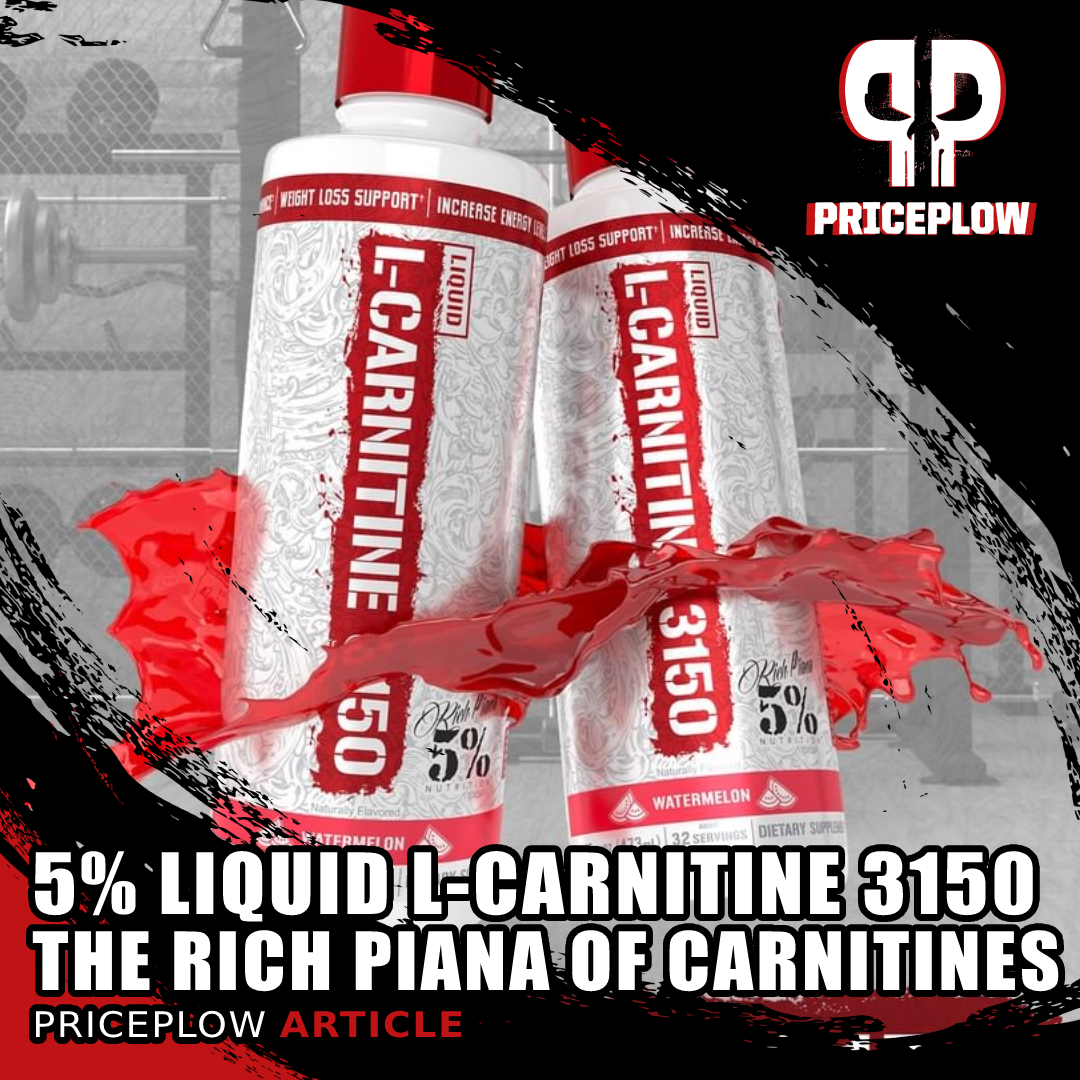
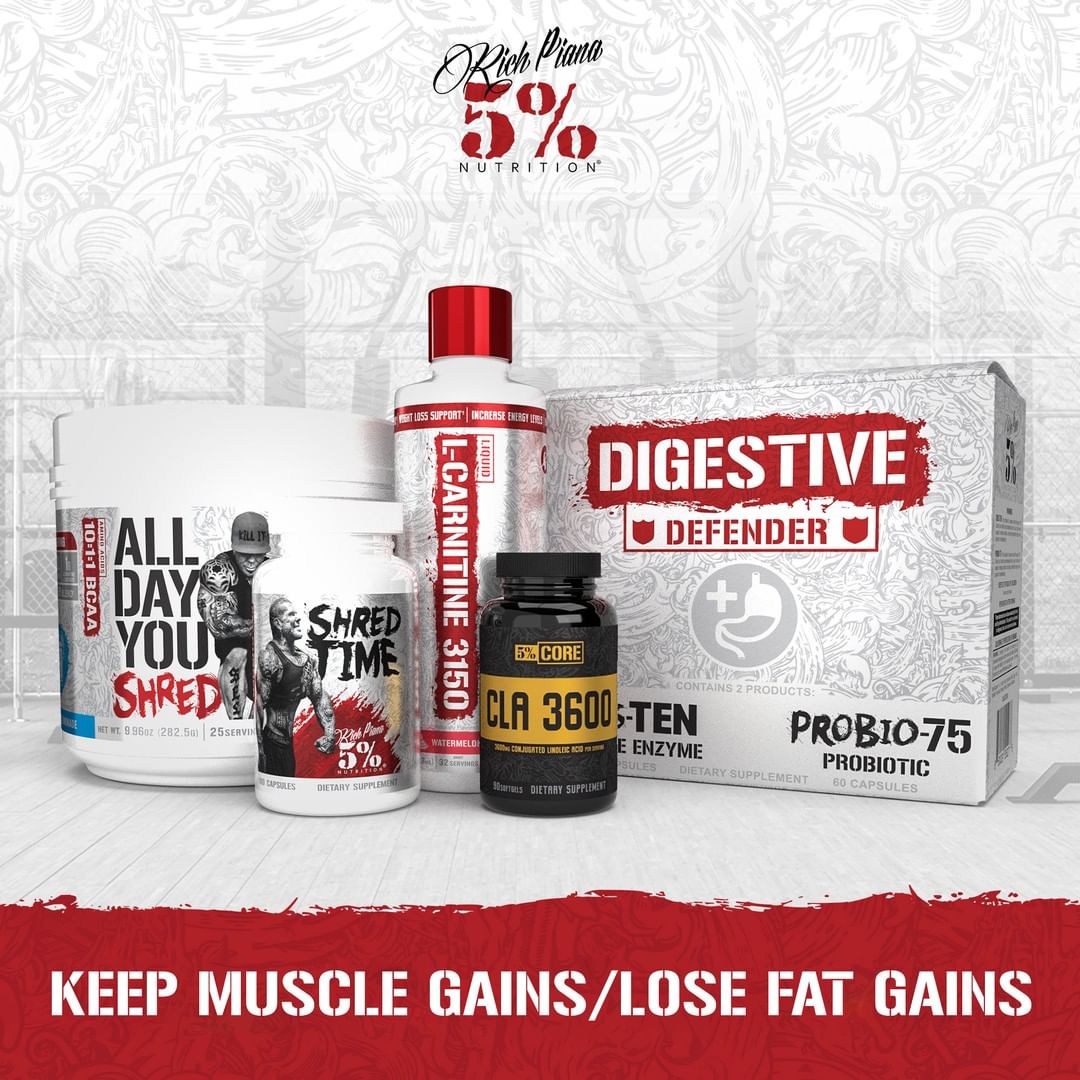
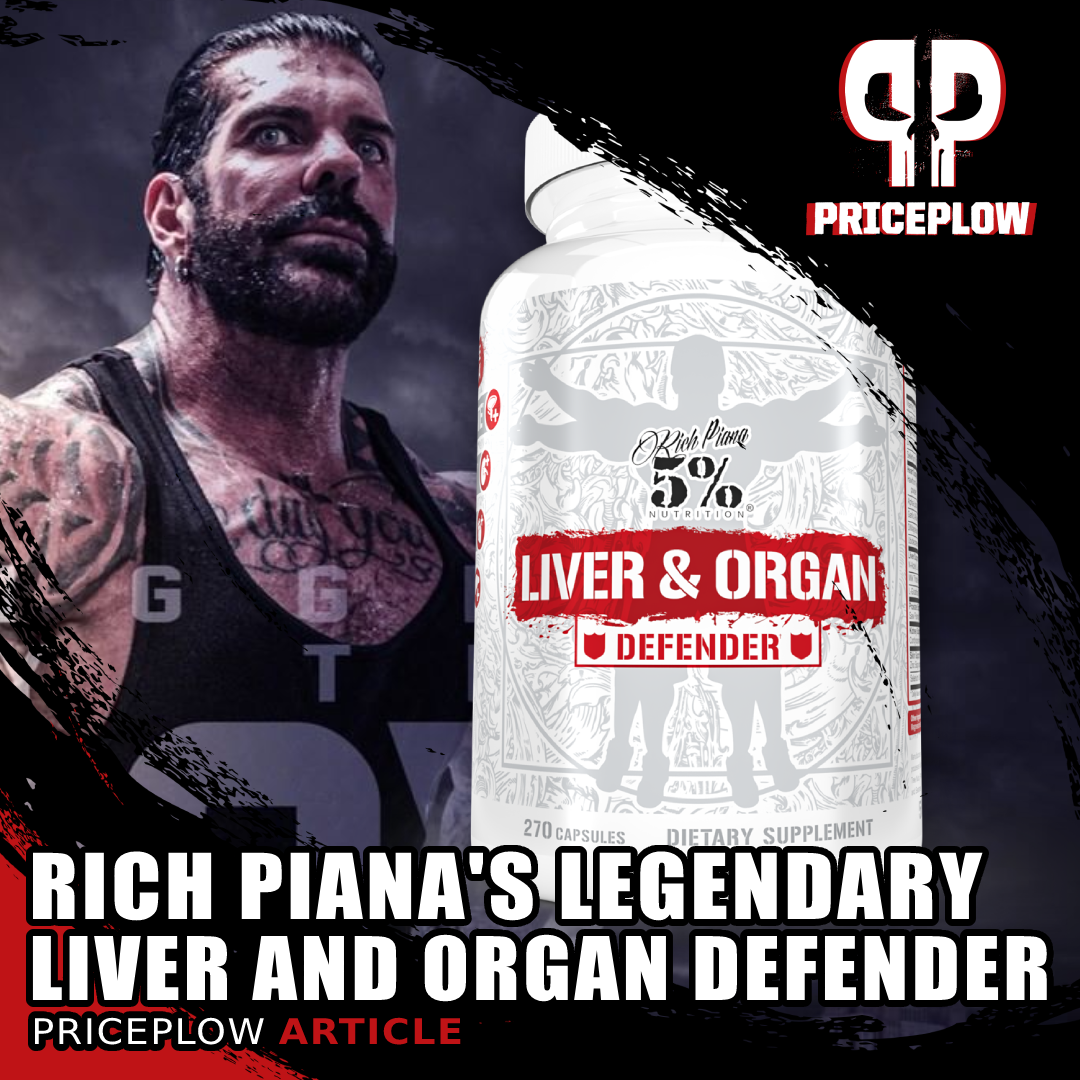
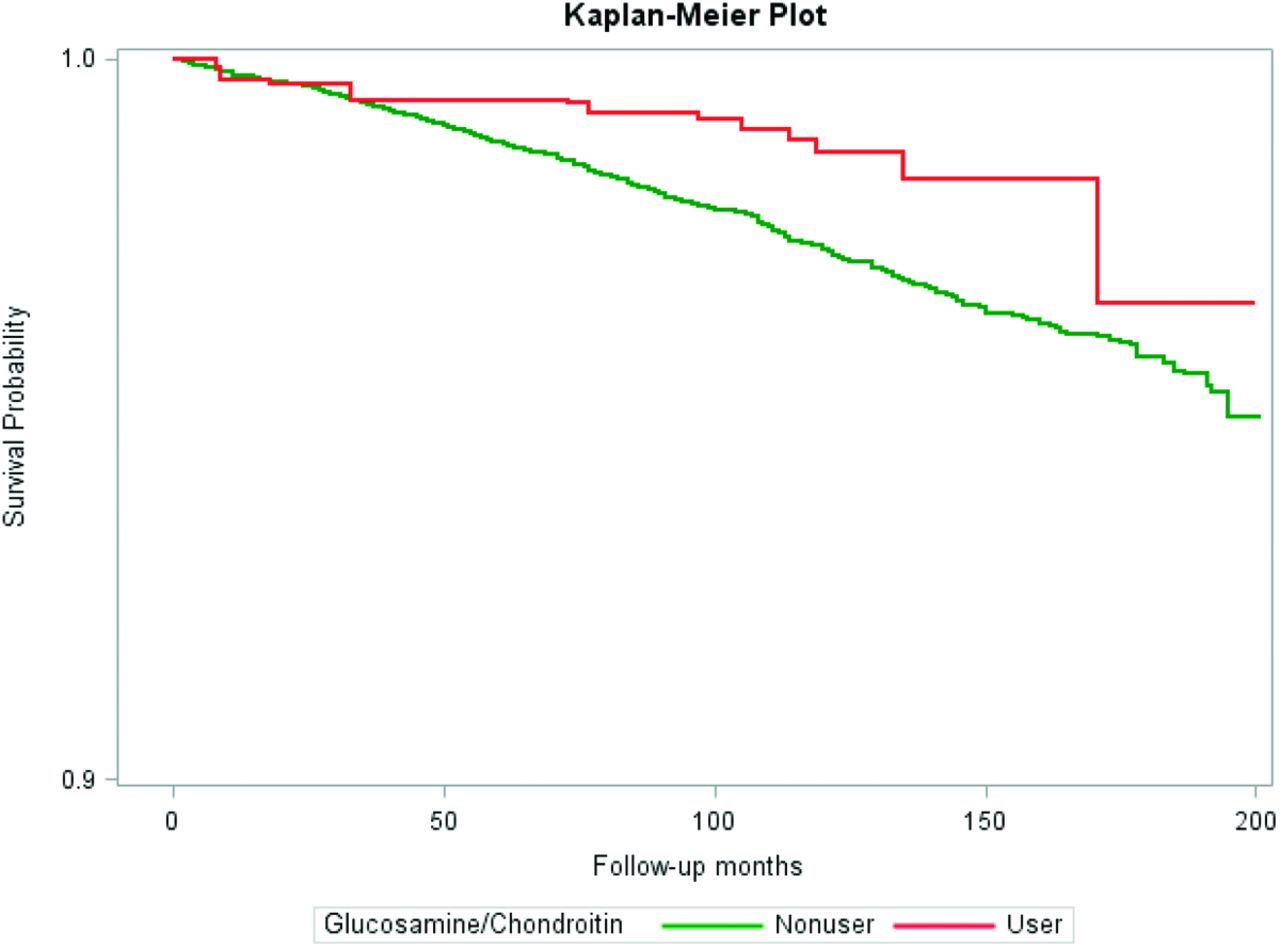



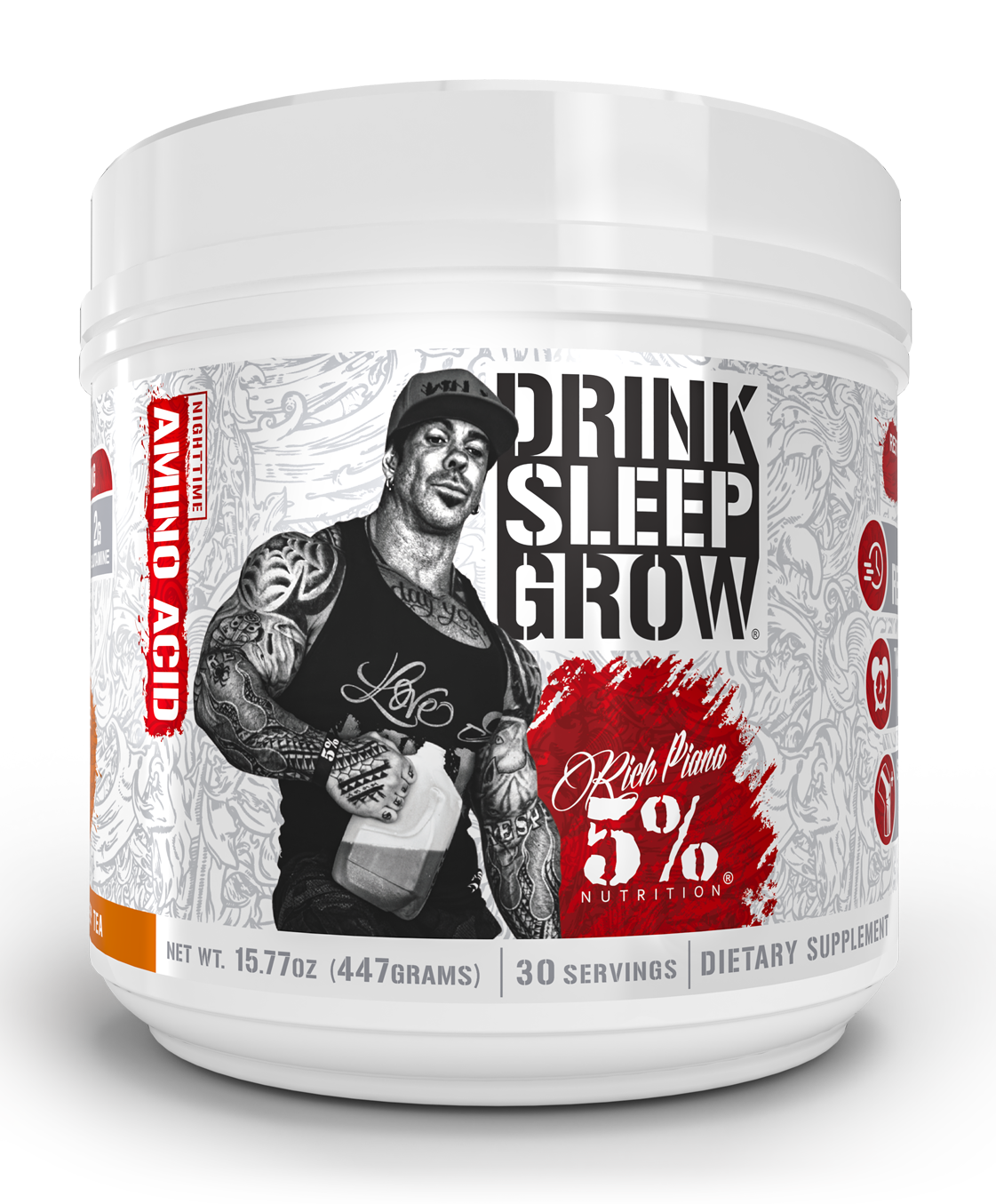


Comments and Discussion (Powered by the PricePlow Forum)